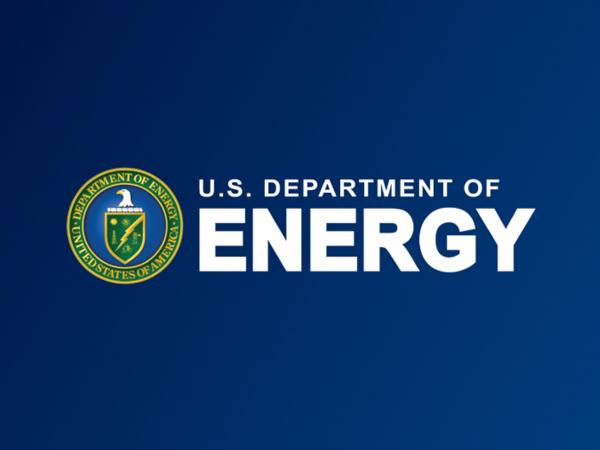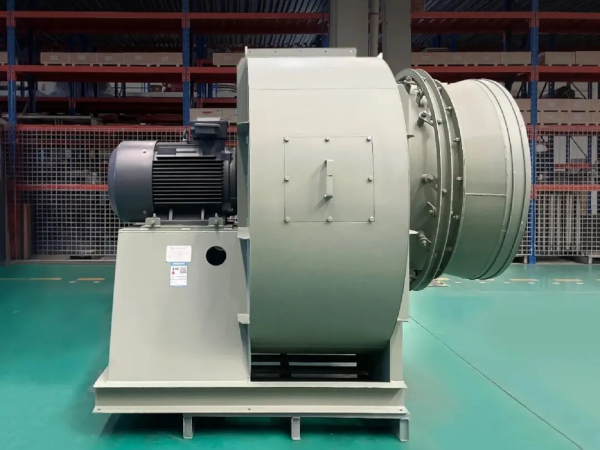
Date: 7 June 2024
The U.S. Department of Energy (DOE) announced a National Definition of a Zero Emissions Building to advance public and private sector efforts to decarbonize the buildings sector, which is responsible for more than one-third of total U.S. greenhouse gas emissions. The definition is intended to provide industry guidance to support new and existing commercial and residential buildings to move towards zero emissions across the entire sector and help the nation achieve President Biden’s ambitious climate goals, while cutting home and business energy costs. A standardized definition for zero emissions buildings will help advance next-generation clean energy solutions, drive innovation, and tackle the climate crisis, while supporting workforce development.
“The National Definition of a Zero Emissions Building will support the sector as it advances innovative solutions essential to creating resilient communities and high-quality jobs,” said U.S. Secretary of Energy Jennifer M. Granholm. “With today’s announcement, DOE is helping bring clarity to our public and private sector partners to support decarbonization efforts and drive investment—paving the way for the cutting-edge clean energy technologies we need to make America’s buildings more comfortable and affordable.”
There are nearly 130 million existing buildings in the United States, which collectively cost over $400 billion a year to heat, cool, light, and power, with 40 million new homes and 60 billion square feet of commercial floorspace expected to be constructed between now and 2050. One in four American households—and 50% of low-income households—struggle to pay their energy bills. Establishing a consistent definition for a zero-emissions building will accelerate climate progress, while lowering home and business energy bills. Additionally, the zero emissions definition provides market certainty and clarity to scale zero emissions new construction and retrofits.
Earlier this year, DOE laid out a blueprint to reduce U.S. building emissions 65% by 2035 and 90% by 2050. Major technical advances in energy efficiency, heat pumps, and clean energy mean that new and existing buildings can help the nation achieve zero emissions, while ensuring domestic manufacturing of the technologies and low embodied carbon materials needed for these next-generation buildings. Additionally, the buildings sector can plug into a grid that is rapidly becoming cleaner and help to improve climate resiliency. Buildings can be constructed and retrofitted to use a fraction of the energy they once used.
National Definition of a Zero Emissions Building: Part 1 Operational Emissions from Energy Use
Part 1 of the Definition sets criteria for determining that a building generates zero emissions from energy use in building operations. By the definition, at a minimum, a zero emissions building must be energy efficient, free of onsite emissions from energy use, and powered solely from clean energy. Future parts of this definition may address emissions from embodied carbon (producing, transporting, installing, and disposing of building materials) and additional considerations.
In developing Part 1 of the Definition, DOE published a request for information (RFI) that solicited input from members of the public, in response to which industry, academia, research laboratories, government agencies, and other stakeholders provided feedback. Implementation guidance included with the Definition provides additional information on these criteria. The Definition is not a regulatory standard or a certification. It is guidance that public and private entities may adopt to determine whether a building has zero emissions from operational energy use. The definition is not a substitute for the green building and energy efficiency standards and certifications that public and private parties have developed.
Additionally, alongside today’s announcement:
- Eight major green building certification programs in the U.S. announced that they will embed or align or exceed the zero emissions definition within their certification. Many certifications go even further to demonstrate climate leadership by exceeding the criteria of the definition.
- In December 2021, President Biden signed Executive Order 14057 on Federal Sustainability and issued his Federal Sustainability Plan, which calls on agencies to achieve a federal net-zero emissions building portfolio by 2045. As part of today’s effort, the Federal Government will use the National Definition in leasing net-zero emissions buildings, which will become the standard for Federal leases beginning in 2030.
Today’s announcement builds on Biden-Harris Administration actions to cut energy costs, create good-paying jobs, and bolster energy efficiency:
- Through the Better Climate Challenge, many of the largest real estate portfolio owners in the US have committed to reduce portfolio-wide greenhouse gas emissions (scope 1 and 2) by at least 50% within 10 years.
- DOE’s Zero Energy Ready Homes program and U.S. Environmental Protection Agency’s ENERGY STAR NextGen™ can be used as steppingstones to show progress to zero emissions.
- At COP28 in Dubai, the U.S. joined with UN’s Buildings Breakthrough. The National Definition for a Zero Emissions Building aligns with the UN’s Buildings Breakthrough, which endorses the statement, “Near-zero emission and resilient buildings are the new normal by 2030.”
Other complementary efforts include DOE's Affordable Home Energy Shot™ and the Clean Energy for New Federal Buildings and Major Renovations of Federal Buildings Rule.
Through the Affordable Home Energy Shot, DOE aims to reduce the upfront cost of upgrading a home by at least 50% while reducing energy bills by 20% within a decade. Providing affordable, scalable solutions that can upgrade buildings of all types is essential to achieving this goal. This initiative will help address the persistent burdens faced by low-income households and communities of color.
Through the Clean Energy for Federal Buildings and Major Renovations of Federal Buildings Rule, federal buildings will reduce pollution, improve air quality, create good-paying jobs, and take advantage of cost savings from using more energy-efficient equipment. These measures will help advance the adoption of cleaner, more efficient technologies critical to achieving President Biden’s Federal Sustainability Plan goal of net-zero emissions from all federal buildings by 2045.
The full National Definition of a Zero Emissions Building Part 1 is available in National Definition of a Zero Emissions Building Part 1: Operational Emissions from Energy Use (Version 1).
 600450
600450









Add new comment